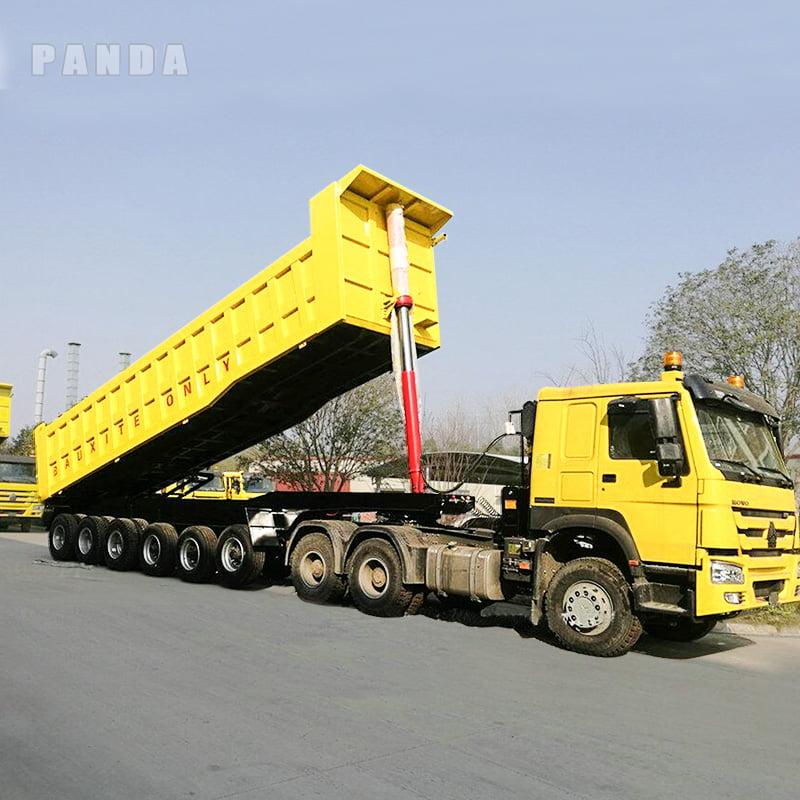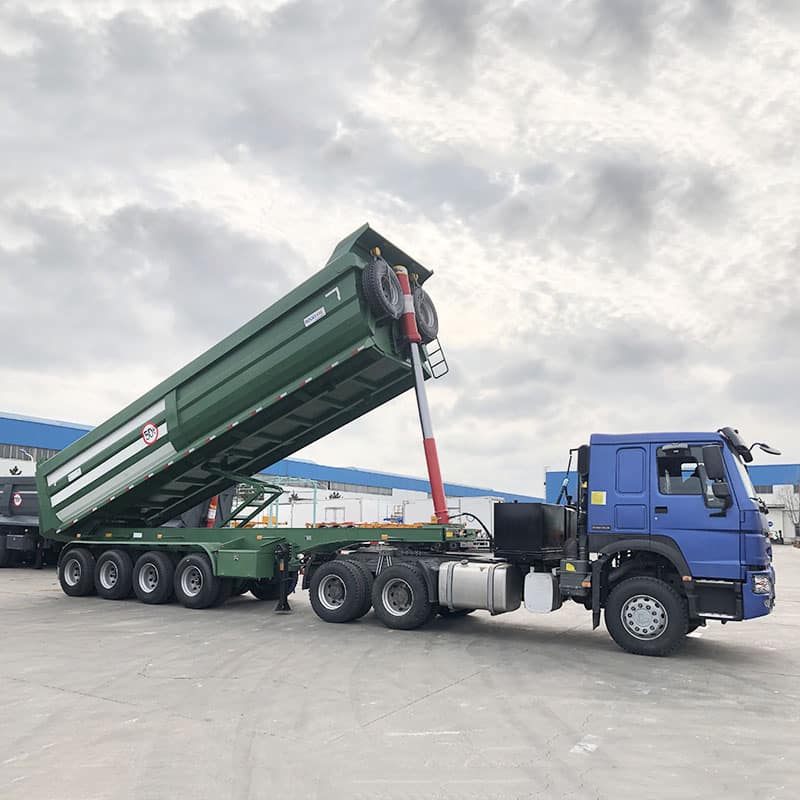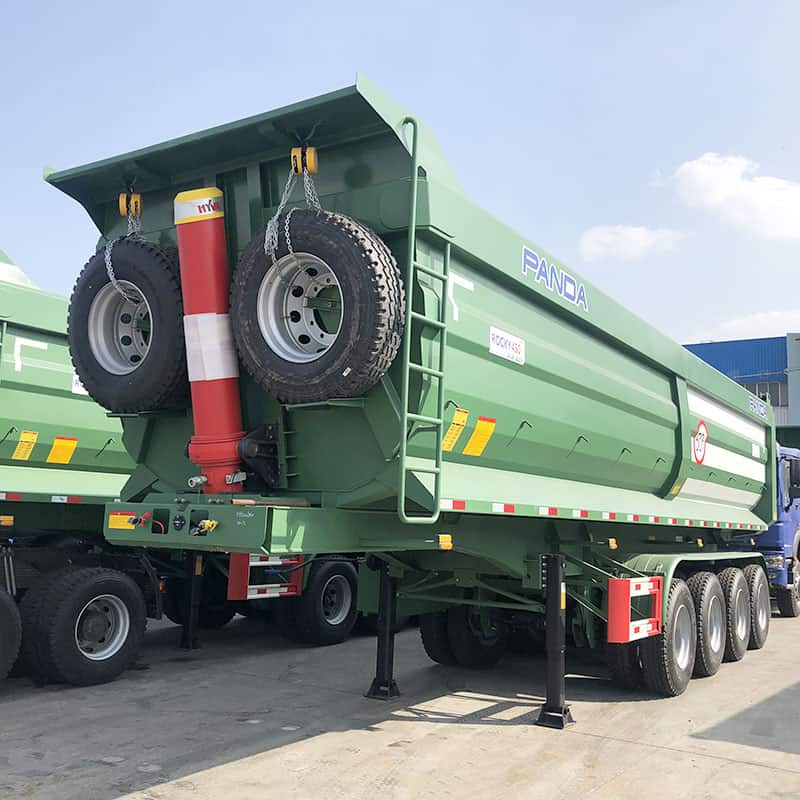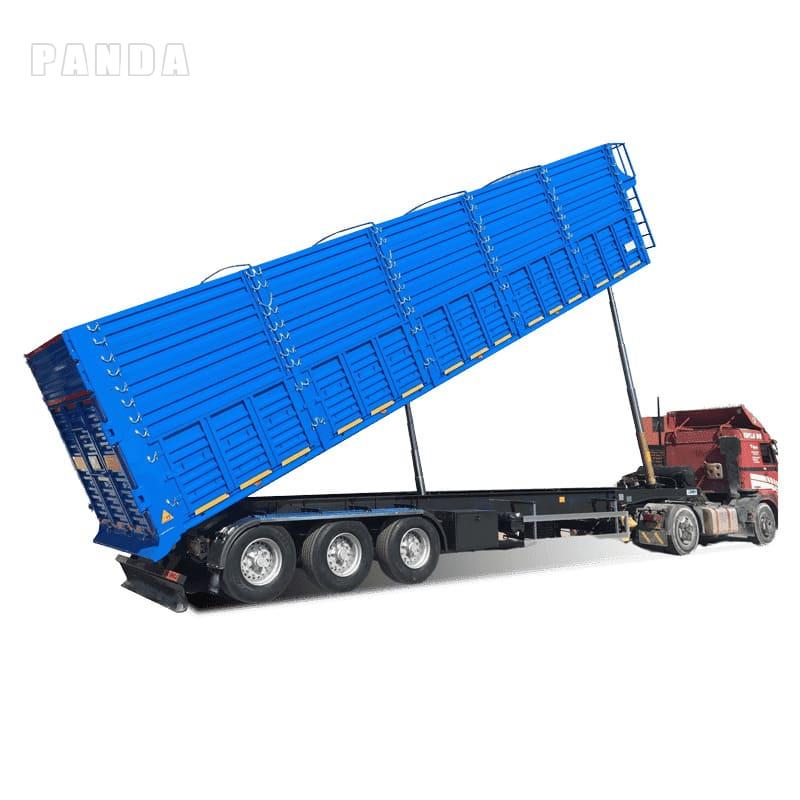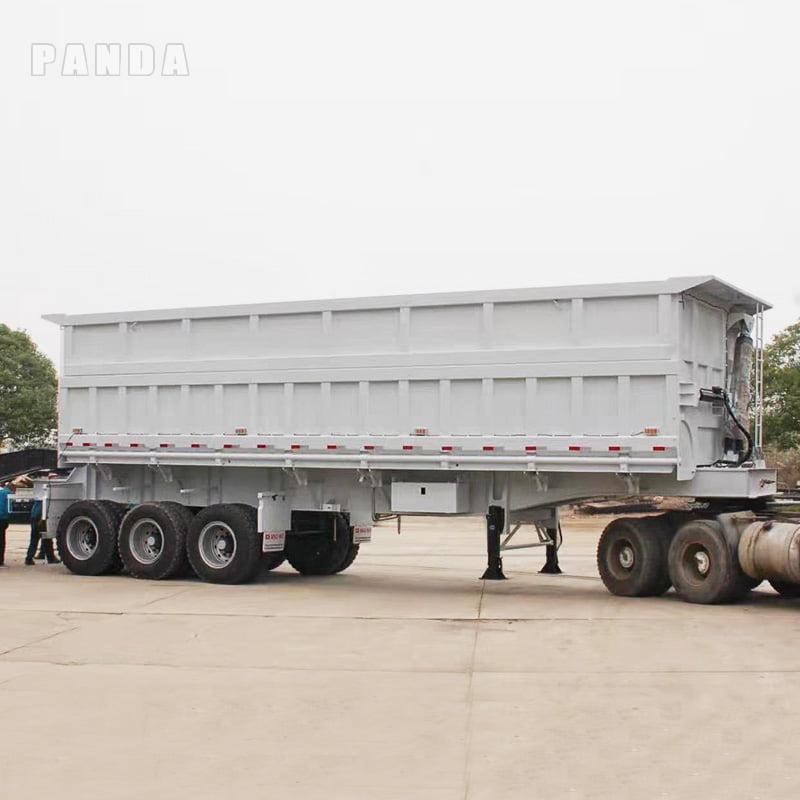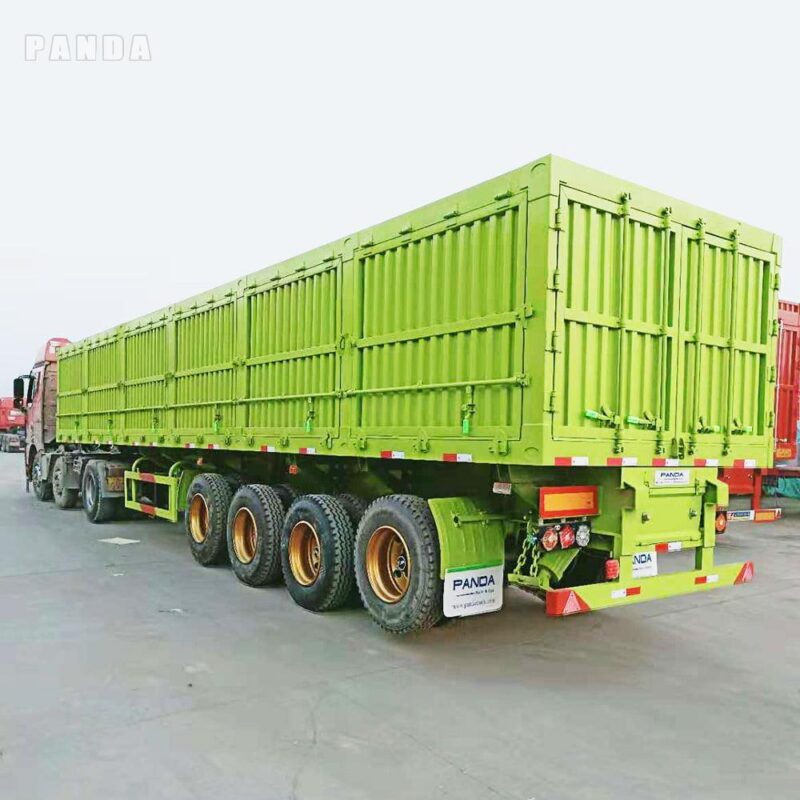There are five common modes of coal transportation, each of which has its own advantages, do you know which mode of transportation is more suitable for you?
Today is 20th, December, 2023. Coal, as an important source of energy in any country, can be used to generate electricity and heat, which plays an vital role in industrial purposes such as iron mills, steel mills, fertilizers, and chemical products.
Last time we have dicussed about the mining of the coal resources. (check here: https://www.pandamech.com/info/guide-of-how-is-coal-formed-and-mined)Here we will do some research about the 5 ways to transport this valuable energy.
Coal transportation
There are generally 5 ways to transport coal, they are truck transportation, railway transportation, barge transportation, conveyor transportation, and slurry pipeline transportation. In the following article, we will research the pros and cons of each transportation method.
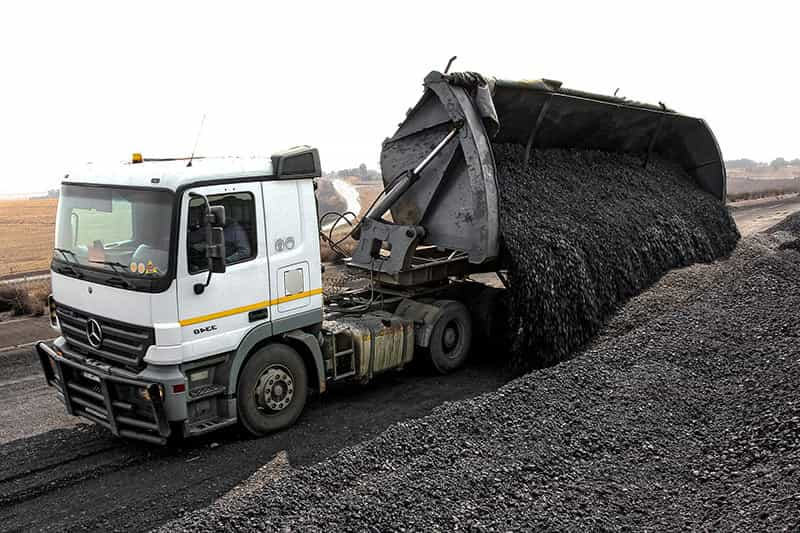
Truck Transportat coal
The semi-trailer way can be the most common way. In the fleet, we use semi tipper trailer, or more specifically, the dump semi trailer to accomplish the transportation.
The coal is loaded onto the semi tipper trailer or side tipper trailer by excavators or other large machinery, and then being transported to the destination. When offloading, the tipper will lift the hopper by a hydraulic system, due to the gravity, the coal will falling off at the designated place.
The truck transport has many pros. First, it is cheap. Building a semi trailer fleet is much cheaper than building a railway network (we will talk about his method later), an the maintenance cost is lower than other ways.

Second, it is flexible to allow you transport the coal to a larger area. When facing with tough road condition or terrains, as long as there is a way to drive the truck, you can always transport your coal to the destination. What’s more, the route is not fixed, you can customize your journey according to your needs. Just one map and one trailer, then time to go!
Finally, you can handle smaller capacities with semi tipper trailers. The loading capacities of dump tipper trailer ranges from 30 tonnes to 150 tonnes, which can help you deal with coals in lightweight transport.
Railway transport coal
Like we have discussed in the last chapter, the processed coal eventually needs to be placed in large storage bins. In this way we suggested railway transportation. The coal trains would stop beneath the bins, and the controllers would open the pipes so that each car below would be filled with six to ten tons of coal.
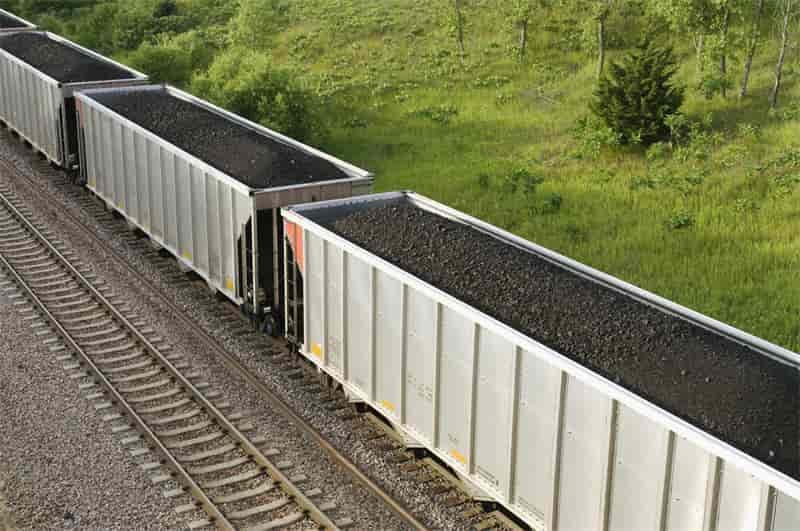
A fully loaded coal train could transport 8,000 to 12,000 tons of coal in one go. Compared to semi trailer transportation, it can moves over longer distances with fast speed. But its disadvantage is obvious–it need rail tracks. The rail tracks not only limits its route, but also make the cost rokect up.
Barge transport coal
Barge transportation is also one of the important ways of coal transportation, especially for the export of coal, which can only choose barge transportation to export.
Due to the stupendous loading capacity of the barge, it has no weight restriction, so if you need to carry massive quantities of coal, this transporting method can be the most economical way.
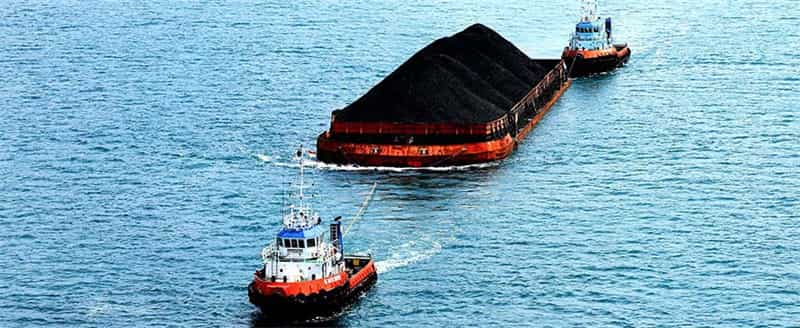
However, we all know that the biggest feature of shipping is it’s pretty slow, and transporting coal in this way is not different. For coal to be exported or shipped to other cities, the waterways are often winding, leading to slower delivery times. Besides, it also need costly transfer infrastructure to help load and offload.
Conveyor transport coal
Conveyors is a kind of direct point-to-point coal transportation. It is built by belt and roller, drive motors, and loading & discharging chute. Then when transporting, the coal will be loaded onto a continuous belt to move the cargo from mine to destination.
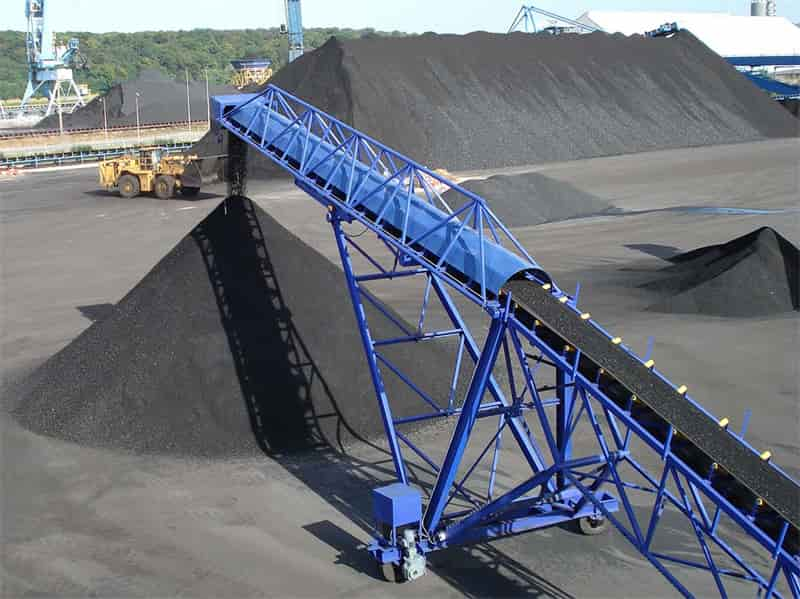
The transportation ability is generally 2,000 to 5,000 tons per hour. A large equipment can realize 20,000 tons per hour. Compared with barge and truck transportation, conveyor can easily traverse coals through some complex terrain and has lower costs for large volume.
Slurry pipeline transport coal
The slurry pipeline transport is a mixture of crushed coal and liquid such as water or oil. It is pumped with high pressure through the pipeline. It consists of 50% coal and 50% tax by weight. So-called heavy coal slurry or slush fuel consists of 65 to 75 percent coal, with the rest of water, methanol, or oil. Coal slurry, unlike mud, does not need to separate water from coal, and coal slurry can be burned directly from the boiler.
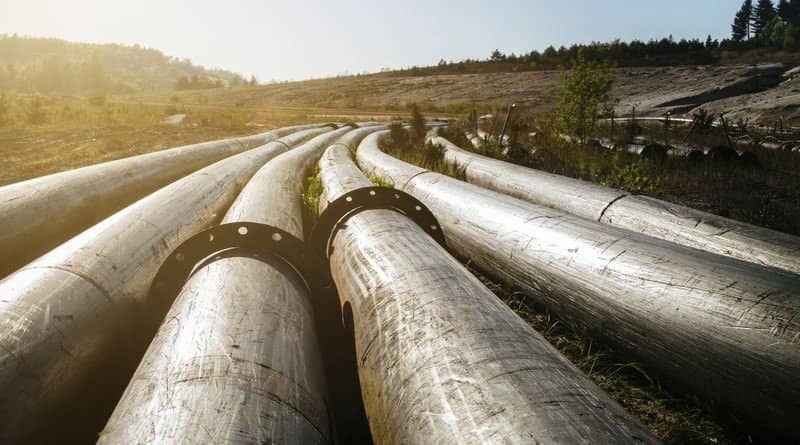
In this way, the slurry transport way can easily realize very high constant volumes 7/24. Also, it can lower the operation costs than other ways. Due to the enclosed transportation process, the coal won’t be affected by extreme weather, and it will not cause any dust, which is environmental-friendly.
The risk in coal transportation
In mass transportation, there are risks for loose coal to be self-heating, leading to ignition points. So some protective measures must be taken to secure safety, such as guarantee efficient ventilation, avoiding open flame, and so on.
How is coal formed and mined
Coal was formed when ancient plants were buried underground for hundreds of million years. After experiencing high temperature, pressure, and long isolation from the air, it finally formed into this combustible sedimentary rock.
Generally There are two types of coal mining. One is open pit mining, which refers to coal mines within 200 feet of the surface, and the other is underground mining, which is used more than 200 feet above the surface.
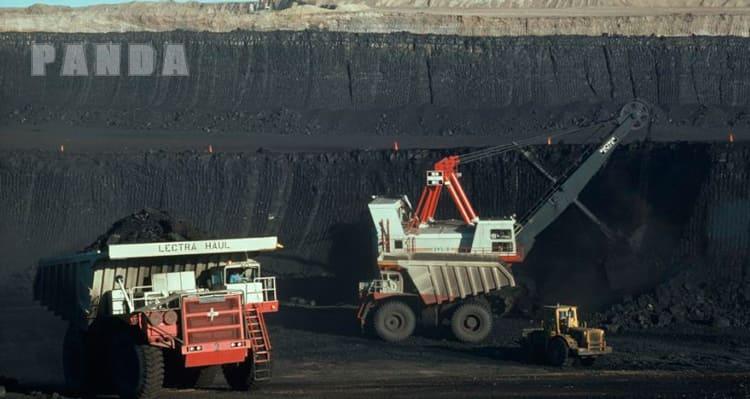
In open pit mining, large machines are used to remove layers of rock from the overburden to expose the coal seam, then the coal is dug up with excavators, etc. Underground mining is much more complicated. People need to design the mine considering the cost, safety and mining efficiency. (Want to know more? Check here: (https://www.pandamech.com/info/guide-of-how-is-coal-formed-and-mined)
Coal treatment
A cuel reality is, coal is not born to be like this. Whether it’s strip mining or deep mining, coal certainly contains rocks, dirt, ash, sulfur, and other impurities. So we need to process the coal after it is dug out.
First, we wash the coal with water to remove some impurities attached to it. Coal is lower in density, so we can take advantage of this to put it in the water while leaving the stone to sink in the bottom. Finally, we just need to put the wet coal into the dehydrator for treatment, then the coal will be placed in large storage bin and ready to be transported.
Conclusion
In summary, there are 5 conventional modes of coal transportation, and each method has tradeoffs on flexibility, cost, and capacity, but a combination of truck, rail and barge movement is the most popular in the supply chain. If you need truck transportation and don’t know how to choose, please leave us a comment below and we will help you solve it.
FAQ
How coal is stored
In coal storage, piles of coal should be turned as much as possible for heat dissipation. Spontaneous combustion risk is great, especially for some low-quality sub-bituminous coal and lignite.

